
Due to limitations in how it can sense objects using lidar, a self-driving vehicle struggles to distinguish between a toddler and a brown bag that abruptly appears in view. The autonomous vehicle business is looking into “frequency modulated continuous wave” (FMCW) lidar to address this issue. Researchers have developed a method for lidar that uses [..]
Read More
Displaying three-dimensional pictures that are visible to the unaided eye is best done with 3D holograms. Metasurfaces made of subwavelength structures have a lot of potential for manipulating the light field, which is beneficial for beating the limitations of conventional computer-generated holography. However, issues like low frame rate and low frame number have long stood [..]
Read More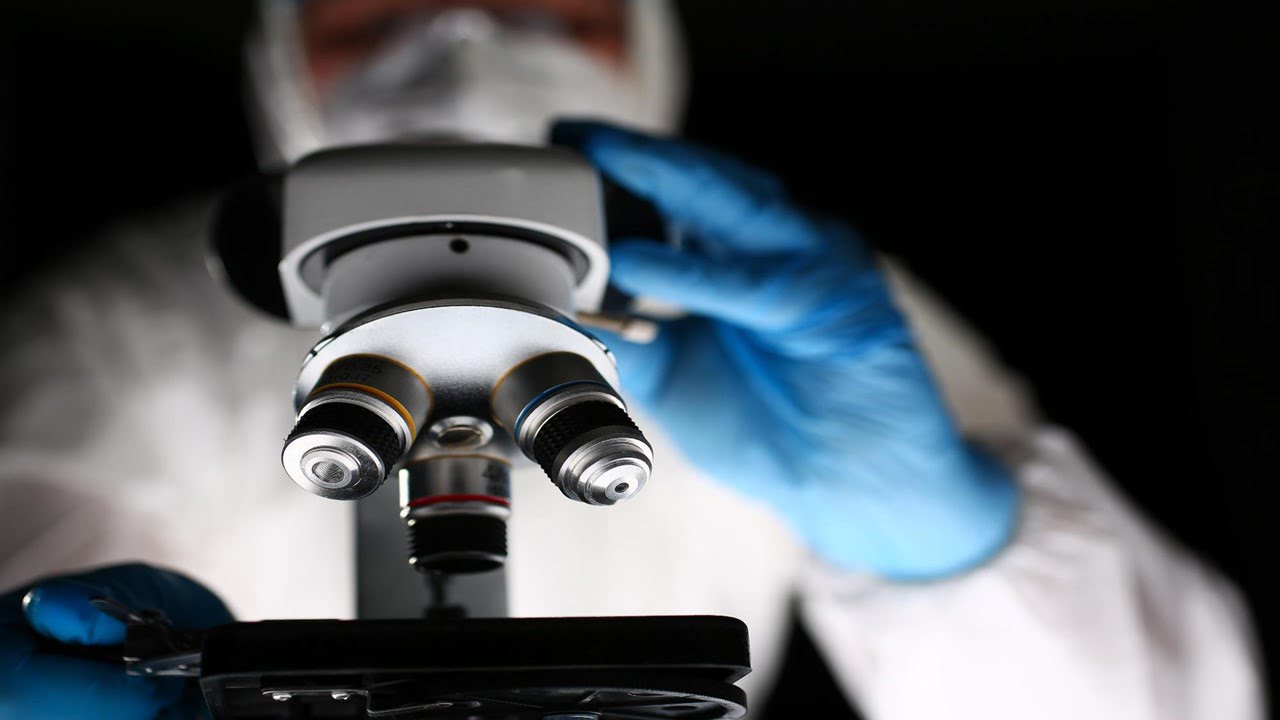
Researchers are using cutting-edge microscale accuracy to track the development of coatings as they dry. Thin film coatings accomplish much more than beautifying surfaces. For instance, they can be used as medical equipment in edible films transporting medications to combat the opioid epidemic. For films used in drug delivery technology, it is particularly crucial to [..]
Read More
Researchers have shown that a novel near-infrared spectroscopy-based mapping method can differentiate between fat and muscle tissue in the heart. This distinction is crucial when using radiofrequency ablation to address the serious heart rhythm issue known as ventricular tachycardia. The only therapy for ventricular tachycardia is radiofrequency ablation, which involves locating the parts of the [..]
Read More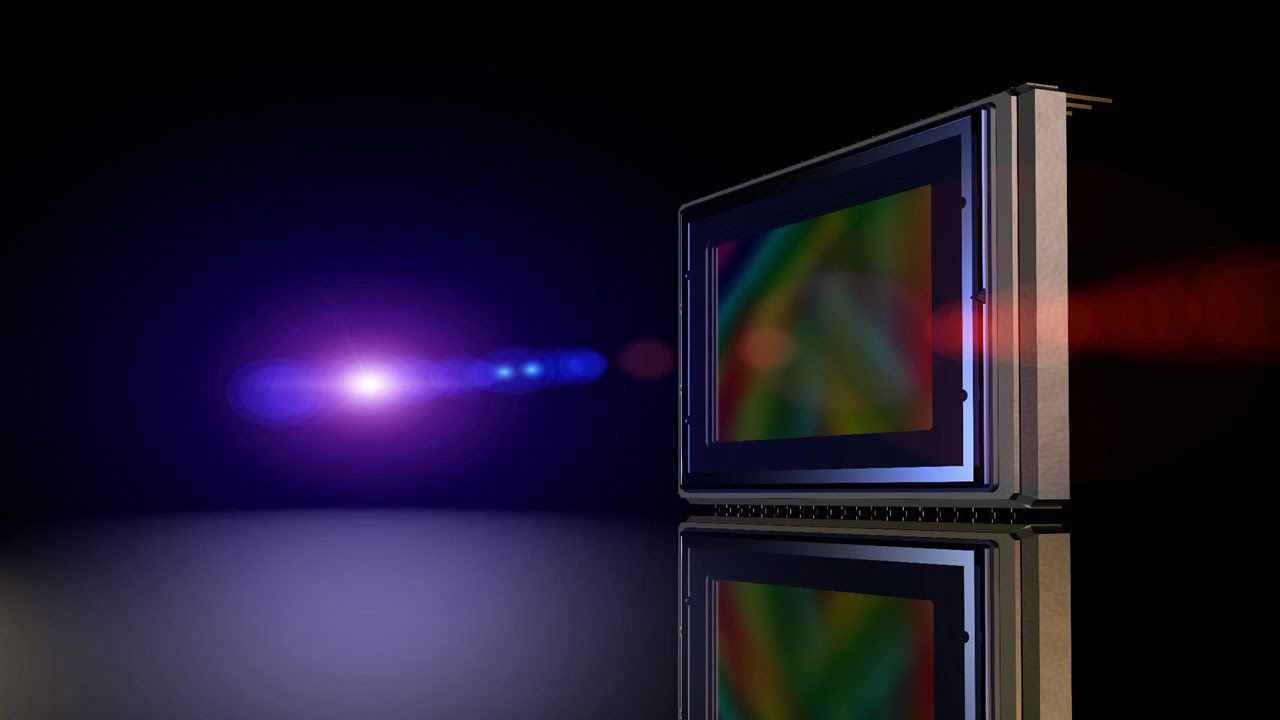
Various 3D sensing, imaging, illumination, and ranging uses, as well as their convergence in new lidar technology, could be made possible by implementing optical phased arrays (OPAs) in integrated photonic circuits. Although large aperture sizes are required to enable medium- to long-range lidar, current integrated OPA approaches must be scaleable regarding control complexity, power consumption, [..]
Read More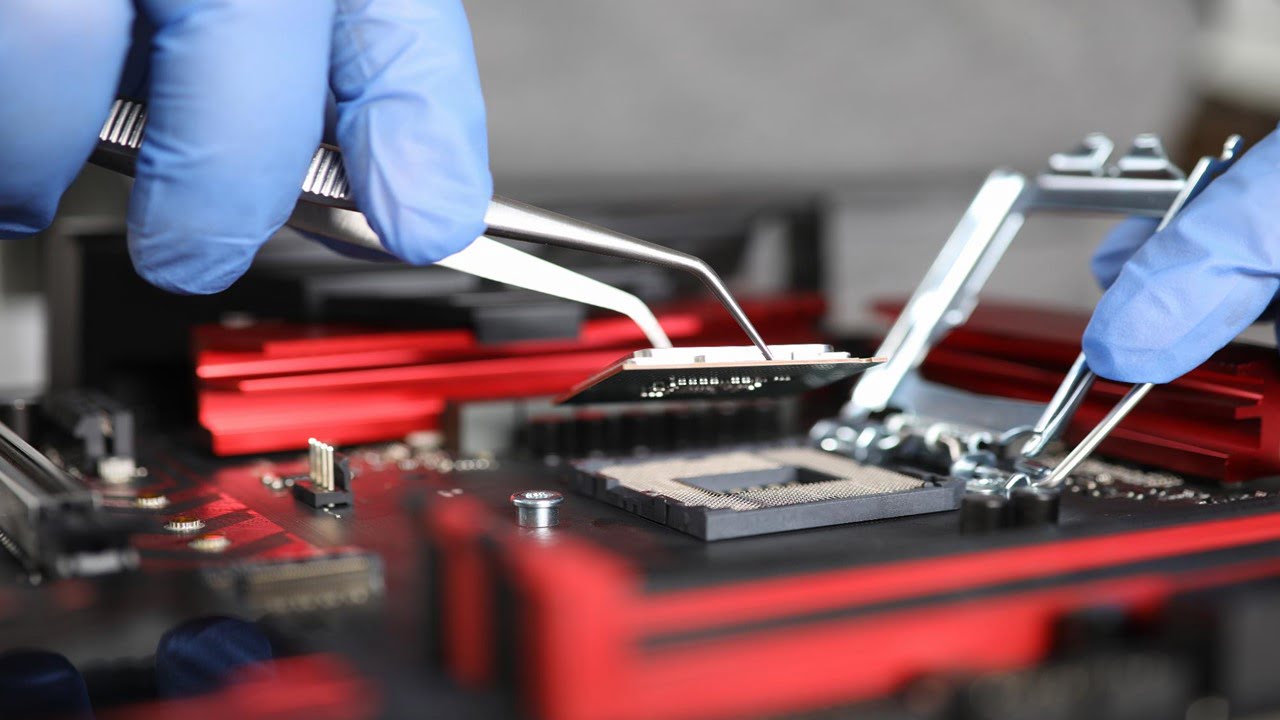
Researchers have conducted a ground-breaking operation to show “hybrid” quantum networking, which is a first for the world. The method, which combines two ways of encoding information in light particles called photons, may enable more powerful and reliable computing and communications. Quantum networking systems can encode information as discrete variables (DVs) in particles or continuous [..]
Read More
A group of researchers has advocated for the use of UV light as a ‘particularly efficient, easily deployable, and economically affordable’ means to limit the spread of coronavirus. The study, involved experts in the fields of virology, immunology, aerosols, architecture, and physics, analyses the possible methods to prevent Sars-Cov-2 propagation in indoor spaces. Small indoor [..]
Read More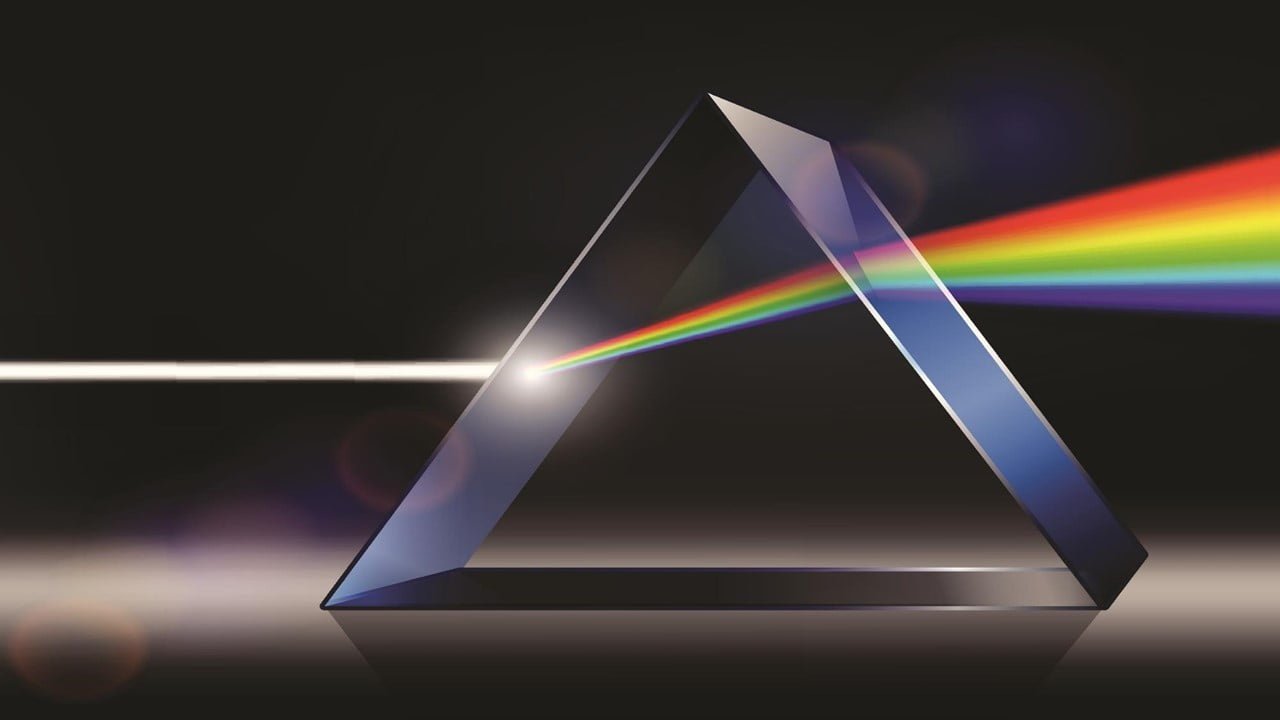
Advanced nuclear magnetic resonance (NMR) spectroscopy pulse sequence editing enables noninvasive assessment of the spatial distribution of chemical composition and diffusion behavior of materials. However, the spectral resolution and analytical approach for heterogeneous materials could still be improved. Here, scientists create tools for thoroughly analyzing substances and their dynamics in whole bodies and heterogeneous systems [..]
Read More
A new thermal scanner called a “Multi-Person Thermal Scanner” can precisely measure the skin temperatures of up to six individuals at once. The scanner’s main purpose will be to assist businesses and healthcare organizations in swiftly and effectively identifying people suffering from a fever, one of the main symptoms of Covid-19. A non-intrusive, cutting-edge thermal [..]
Read More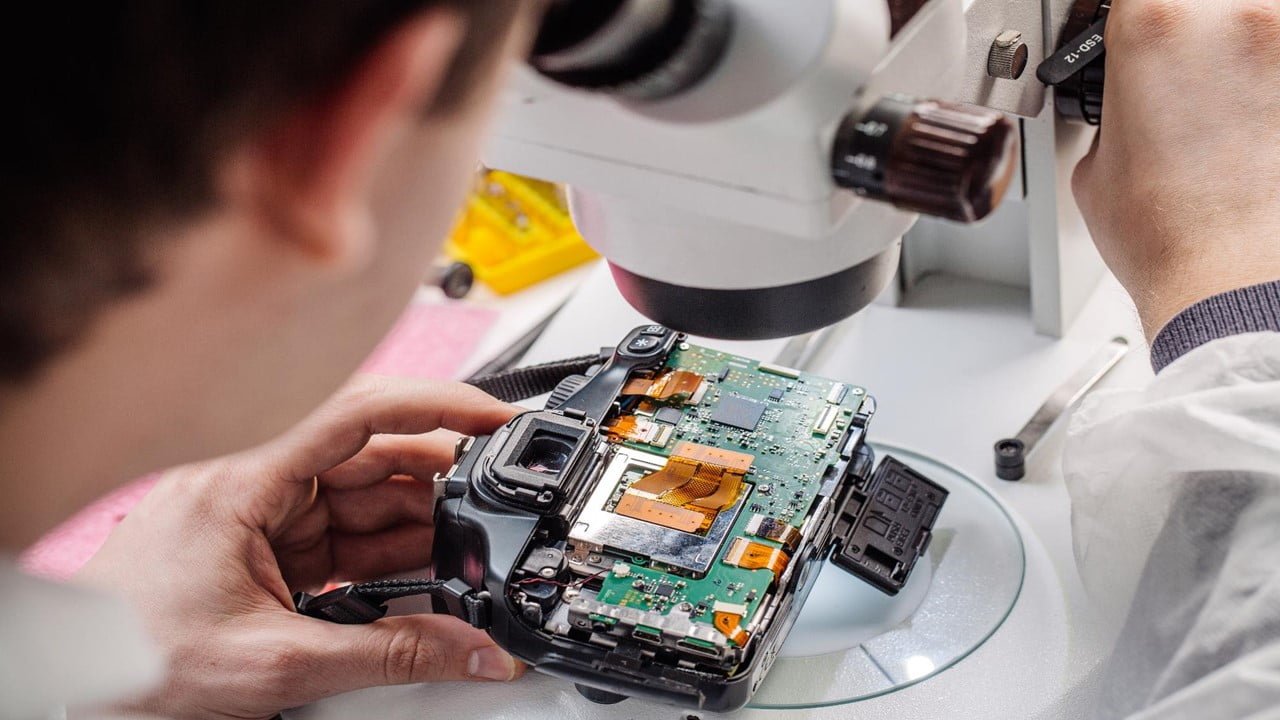
Researchers have shown that recyclable, flexible electronics have a high potential for use in the production of cheaper solar cells, touchscreens, wearable ‘e-skins,’ and next-generation responsive windows. These materials, created using a simple, low-cost fabrication process, have the potential to replace traditional transparent conductive oxides such as indium tin oxide (ITO), which is a required [..]
Read More
Biophysicists have created a high-throughput super-resolution microscope to examine mammalian cells’ nanoscale dynamics and structures. This microscope reveals the twists and turns of an organelle crucial to cell division in unparalleled detail. Centrioles are a thousand times smaller than a human strand and about one hundred times smaller than a mammalian cell. Since the techniques [..]
Read More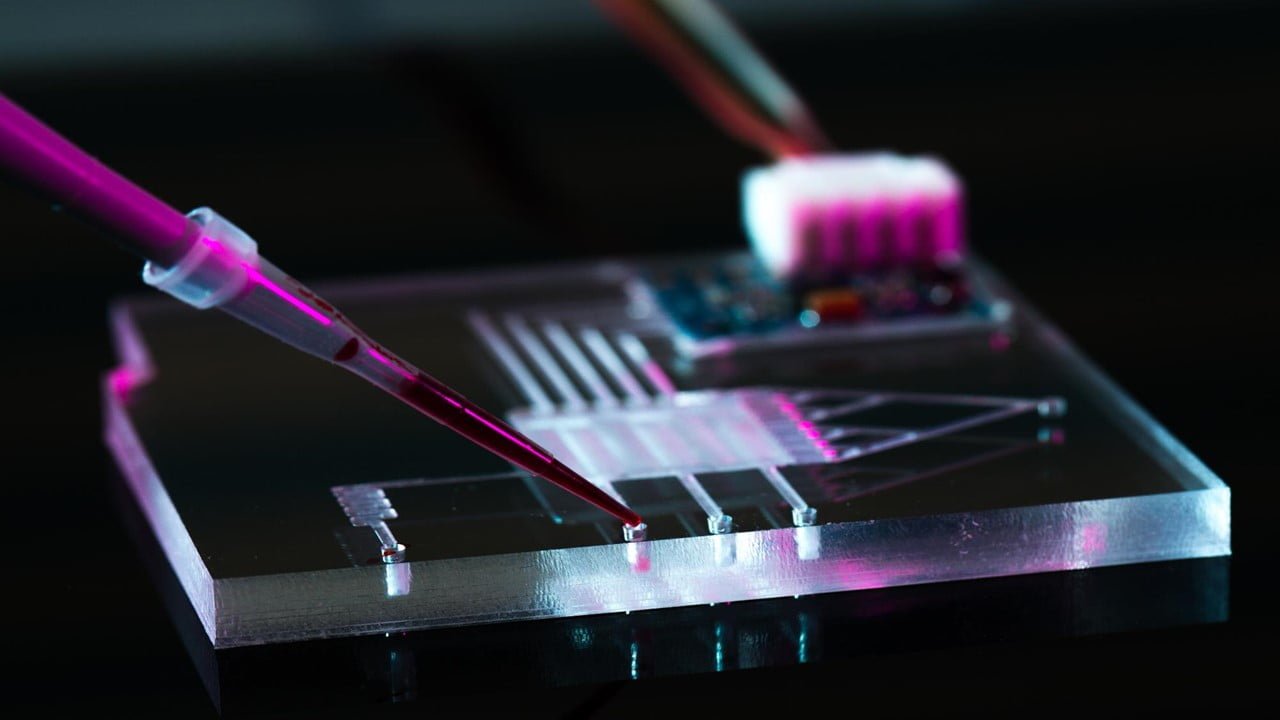
Engineers have created a novel 3D printing method that enables the printing of flexible materials with precise tuning. The group successfully printed materials using a droplet-based, multiphase microfluidic system with possible uses in soft robotics, tissue engineering, and wearable technology. Until the product is finished, printing material is repeatedly added to the structure using conventional [..]
Read More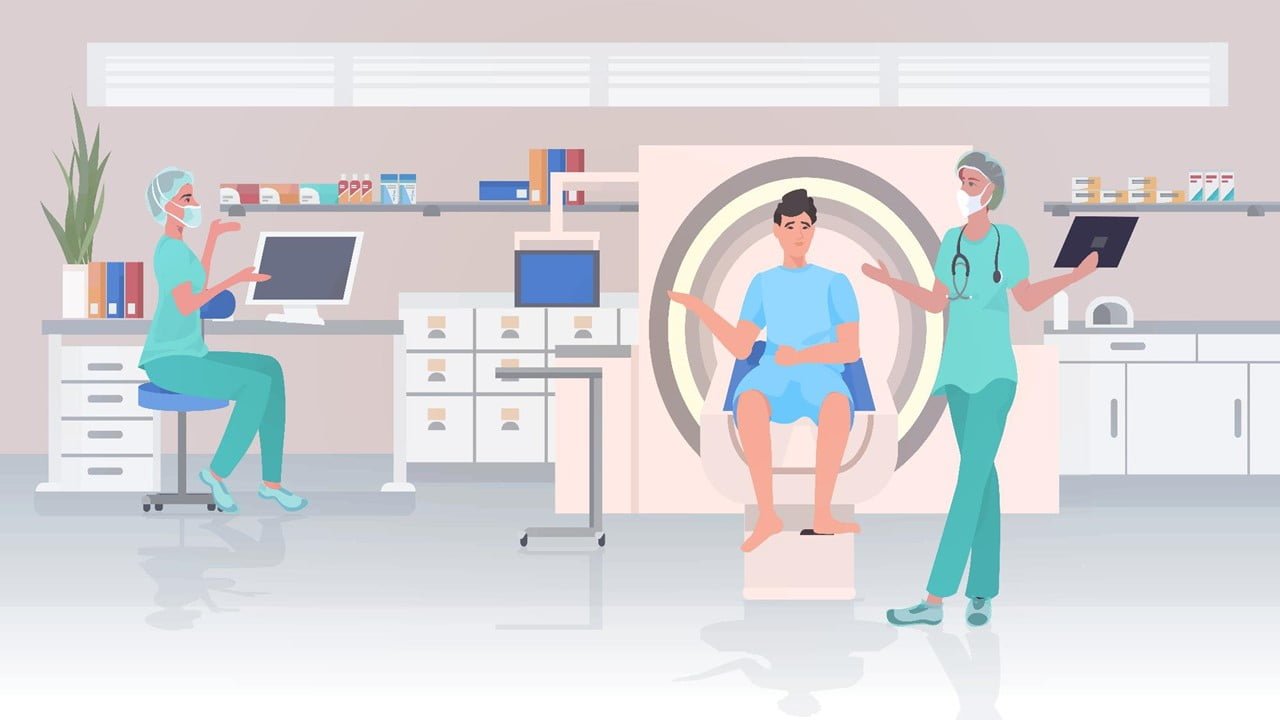
The tree of life is full of species that transitioned from aquatic to terrestrial. Some species occasionally went oppositely. A CT scan showed new information about the inner ear anatomy of ancient reptiles called thalattosuchians, providing details about one of these evolutionary turning points. Following a protracted semiaquatic phase, these now-extinct crocodile relatives entered the [..]
Read More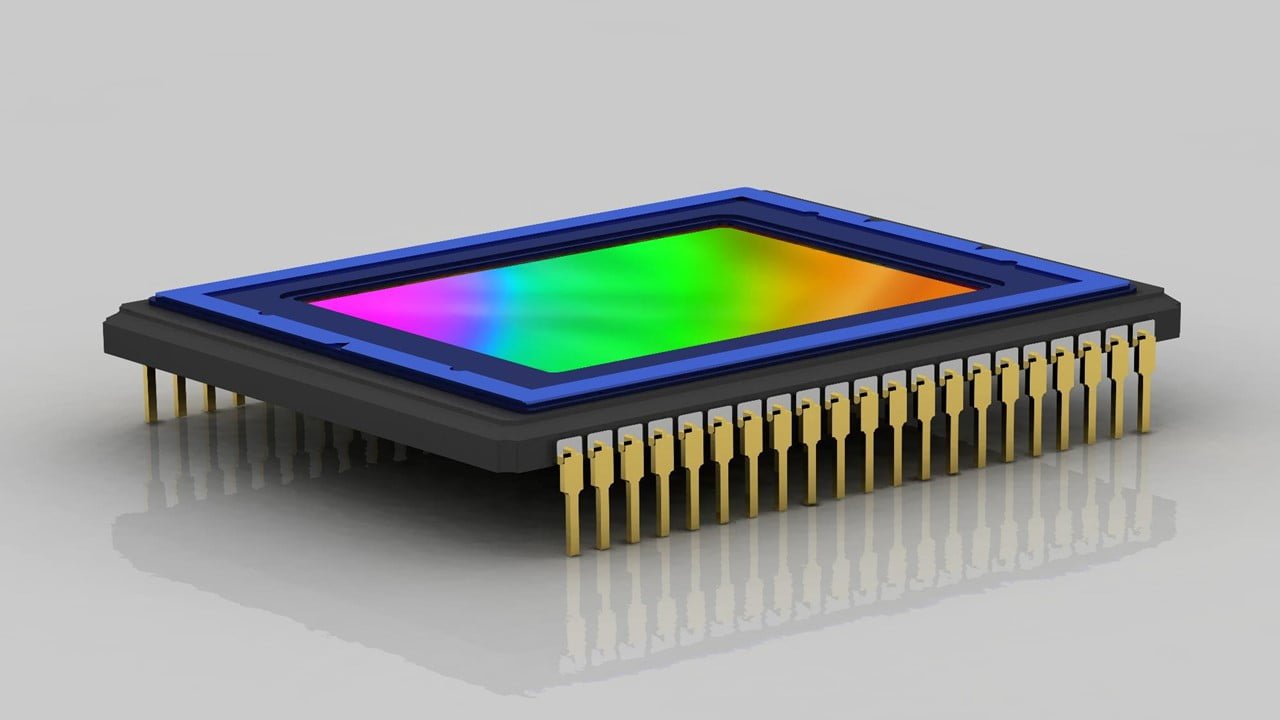
Whether it be computing systems, sensors, or lidars, the modern photonics business is constantly working to make its products smaller. Making lasers, transistors, and other components compact is required for this. A team of scientists proposed an affordable, fast fabrication method to create optical chips in a Petri dish. Devices built on microscopic lasers and [..]
Read More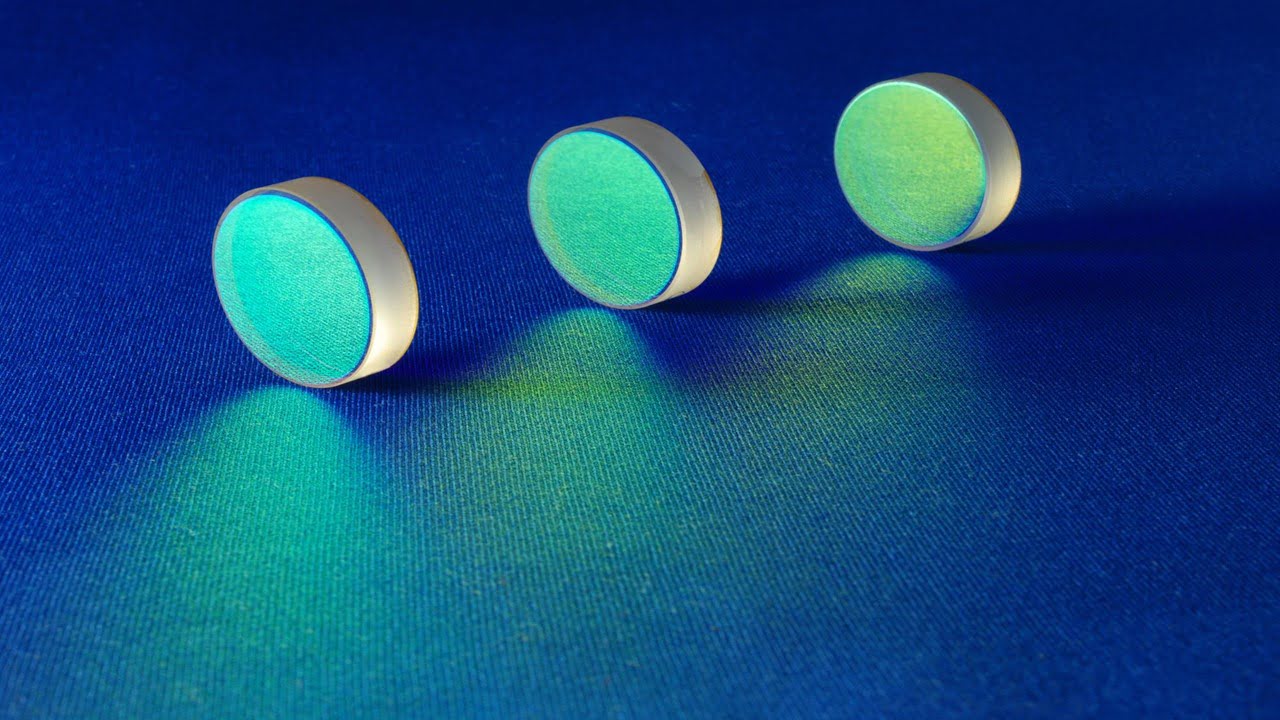
The US Patent & Trademark Office published a patent application from Apple to strengthen further the structural housing glass and cover display of upcoming iPhones and other devices, such as a potential all-glass iMac. Apple’s latest patent pertains to strengthening the structural housing glass and a cover glass of upcoming iPhones and other devices, including [..]
Read More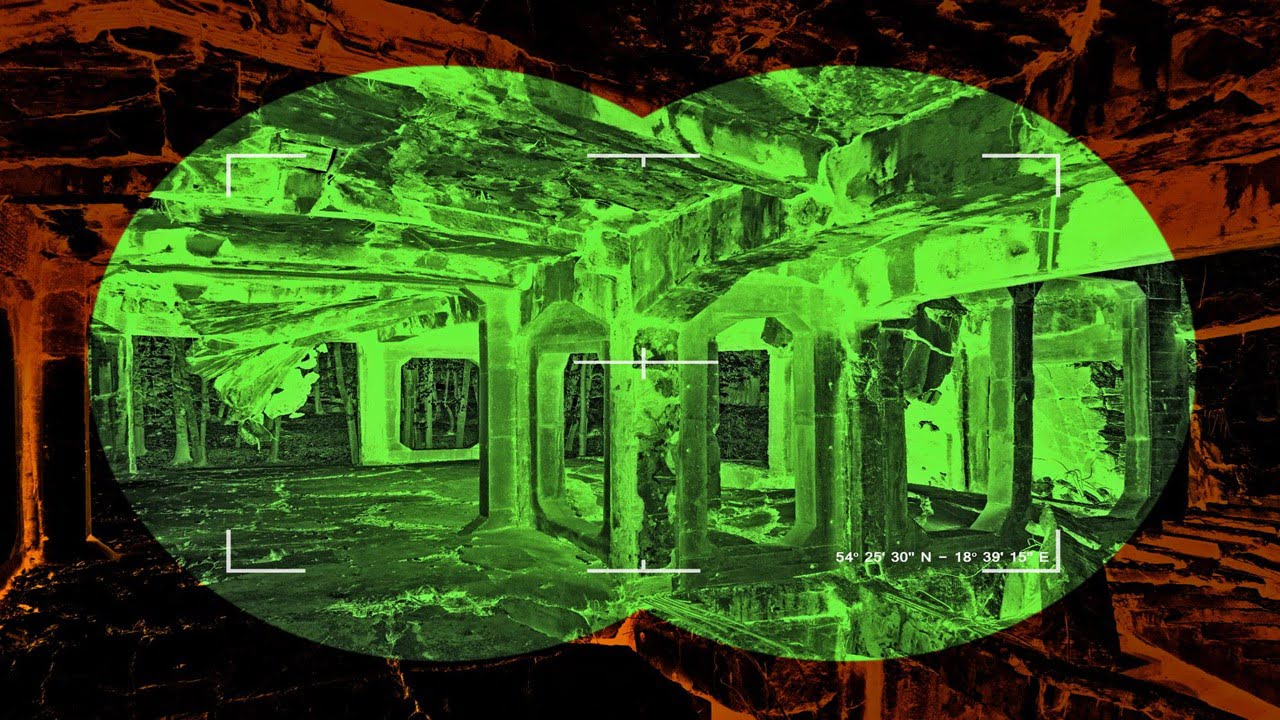
People who have lost their eyesight may be able to see thanks to the development of bionic eyes again. According to other studies, these bionic eyes may create streaky images and are too slow to capture quick movements, so they aren’t clear enough for them to depend on to navigate the world. But this novel [..]
Read MoreThe primary component used in electrical engineering is silicon. Silicon is the foundation for all information and computing technologies essential to contemporary society, including computers, communications, astronautics, biomedicine, robotics, and many others. The slow speed of electrical signal propagation in metal interconnection wiring is the primary challenge to accelerating integrated circuit speeds. It necessitates switching [..]
Read More
The deterioration of photoreceptors is a significant factor in blindness. Patients with localized retinal degeneration may benefit from additional vision function if their blind human retina is made sensitive to near-infrared light. Researchers restored the light sensitivity of damaged photoreceptors using tunable, near-infrared devices. An antibody to temperature-sensitive ion channels was coupled with gold nanorods [..]
Read More
Researchers have created a molecular shield that strengthens the usefulness of near-infrared fluorescent dyes and stabilizes them. Because it can effectively penetrate human flesh, near-infrared light is frequently used in fluorescence bioimaging. However, the dyes must also be water soluble and carry functional groups for conjugating with targeting biomolecules, such as antibodies or tumor-binding peptides. [..]
Read More
More trustworthy deep learning medical imaging models will be needed as artificial intelligence (AI) is widely used for crucial tasks like diagnosing and treating diseases, necessitating predictions and outcomes about medical care that practitioners and patients can rely on. The objective of a new deep learning method put forth by a group of computer scientists [..]
Read More